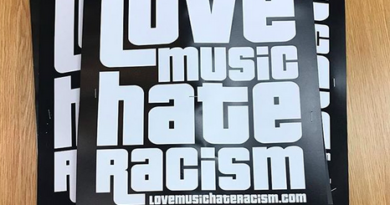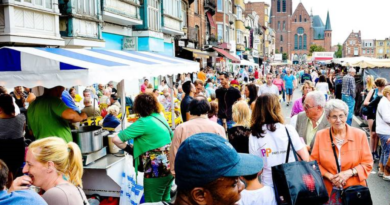How to spot Belgian surrealism when it’s hiding in plain sight
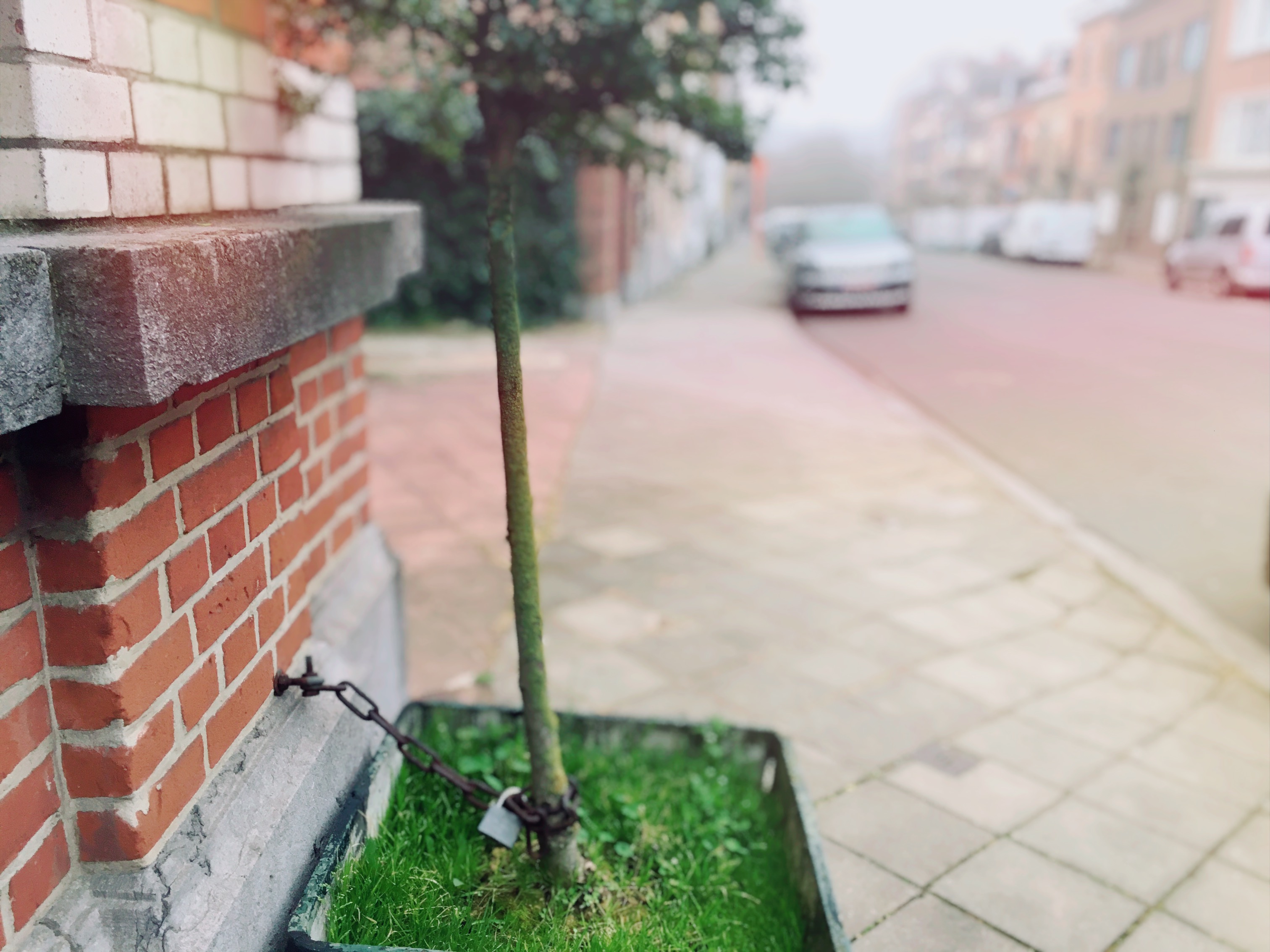
“Scratch a Belgian and you will find a Surrealist,” wrote British travel writer Antony Mason in his book, Xenophobe’s guide to the Belgians.
There’s no way to prove that scientifically. But if you use your powers of observation, you will no doubt gather enough visual data to corroborate the theory.
Surrealism is so much a part of Belgium’s character that when Belgians are doing something surrealistic, they probably aren’t even aware of it. They’re just being, well, Belgian.
What other country has the spunk to tell the world, “Behold one of our national icons: a tiny, naked boy who does nothing but urinate all day in public,” and not give a hoot how the world will take it.
This is, after all, the nation that gave birth to surrealism masters like René Magritte and Paul Delvaux or avant-garde painters like James Ensor who specialized in bizarre themes like fighting skeletons and grotesque masks.
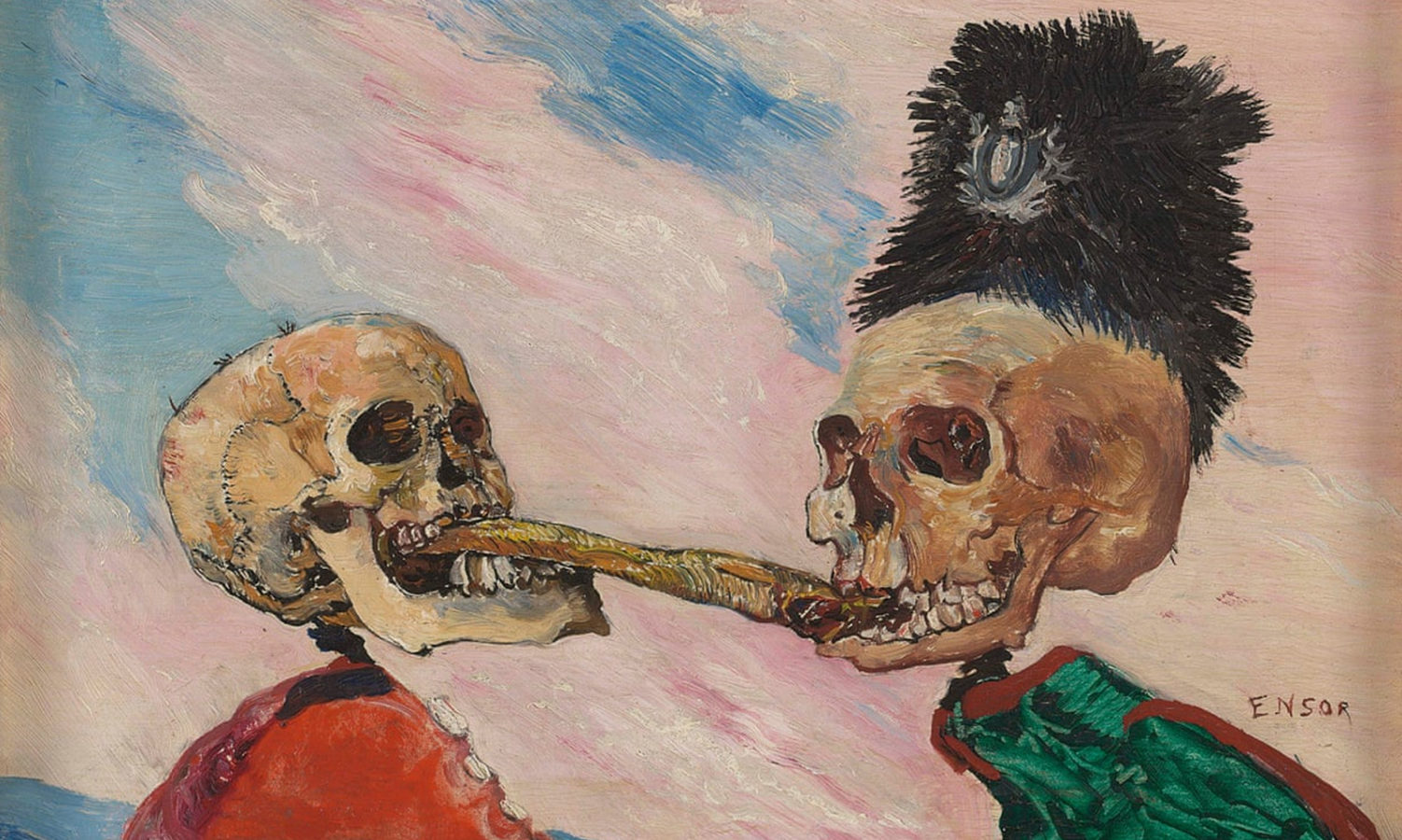
But Belgian surrealism does not only show itself in bold and garish ways. More often than not, it hides within the subtleties of everyday life.
If you don’t look hard enough, you may easily overlook those quiet expressions of delightful absurdity that could add a ton of humor and spice to your day.
Here are some tips on how and where to go hunting for signs of Belgian surrealism the next time you take a walk around Brussels or any part of Belgium.
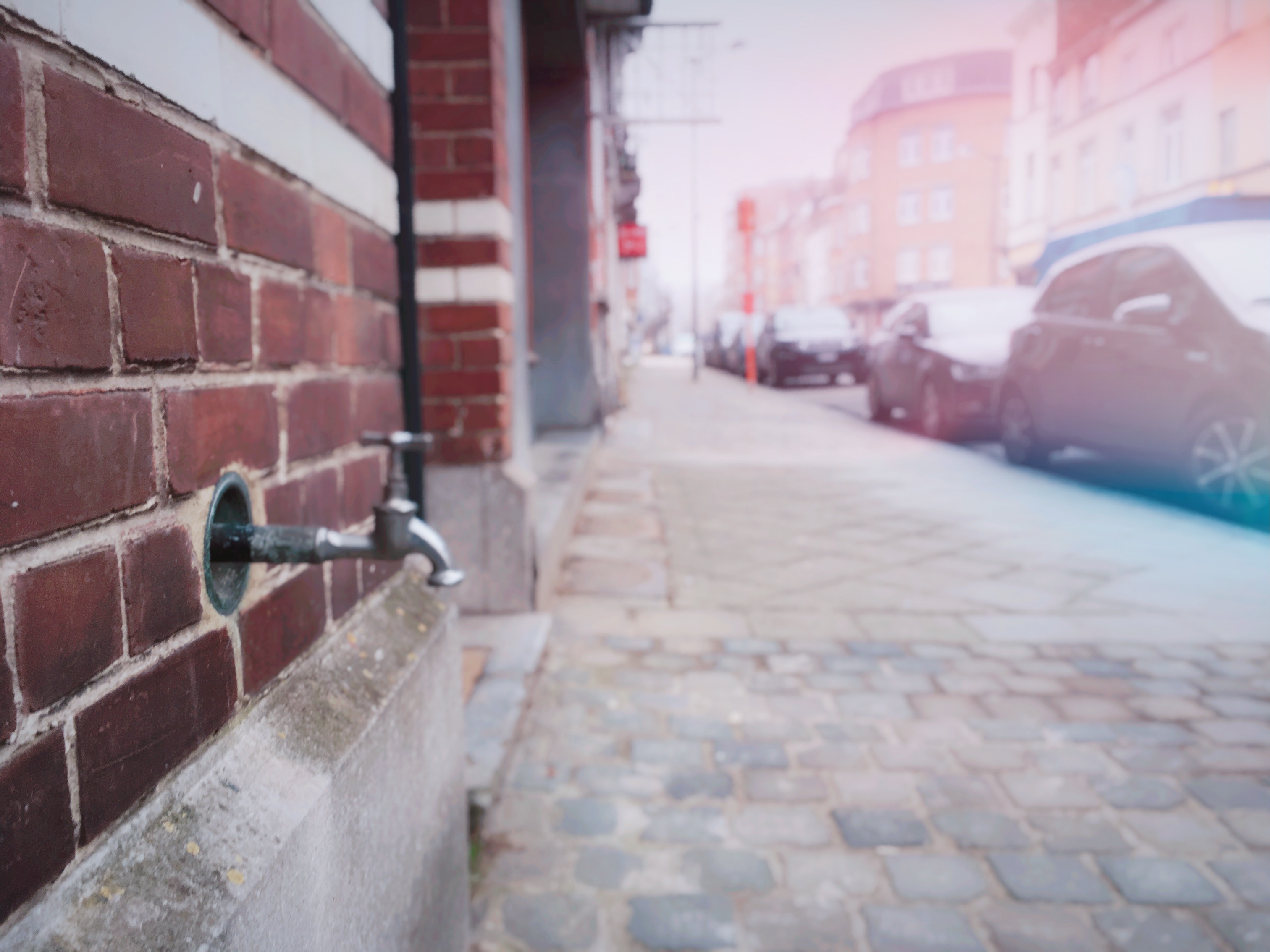
1. Watch the sidewalks closely
Something’s bound to jump out at some point, whether it’s a plant padlocked to the front wall of a house, a sidewalk garden, or a faucet jutting out of a sidewall.
Belgians are quite deft at improvising, and how they address some of life’s most mundane problems can be downright surreal.
In 2006, Brussels-based artist David Helbich began taking pictures of insanely devised makeshift solutions to everyday situations in Belgium.
The project went viral in 2009 and eventually led to the publication of Belgian Solutions, a collection of more than 300 images proving how crafty Belgians can be at problem-solving.
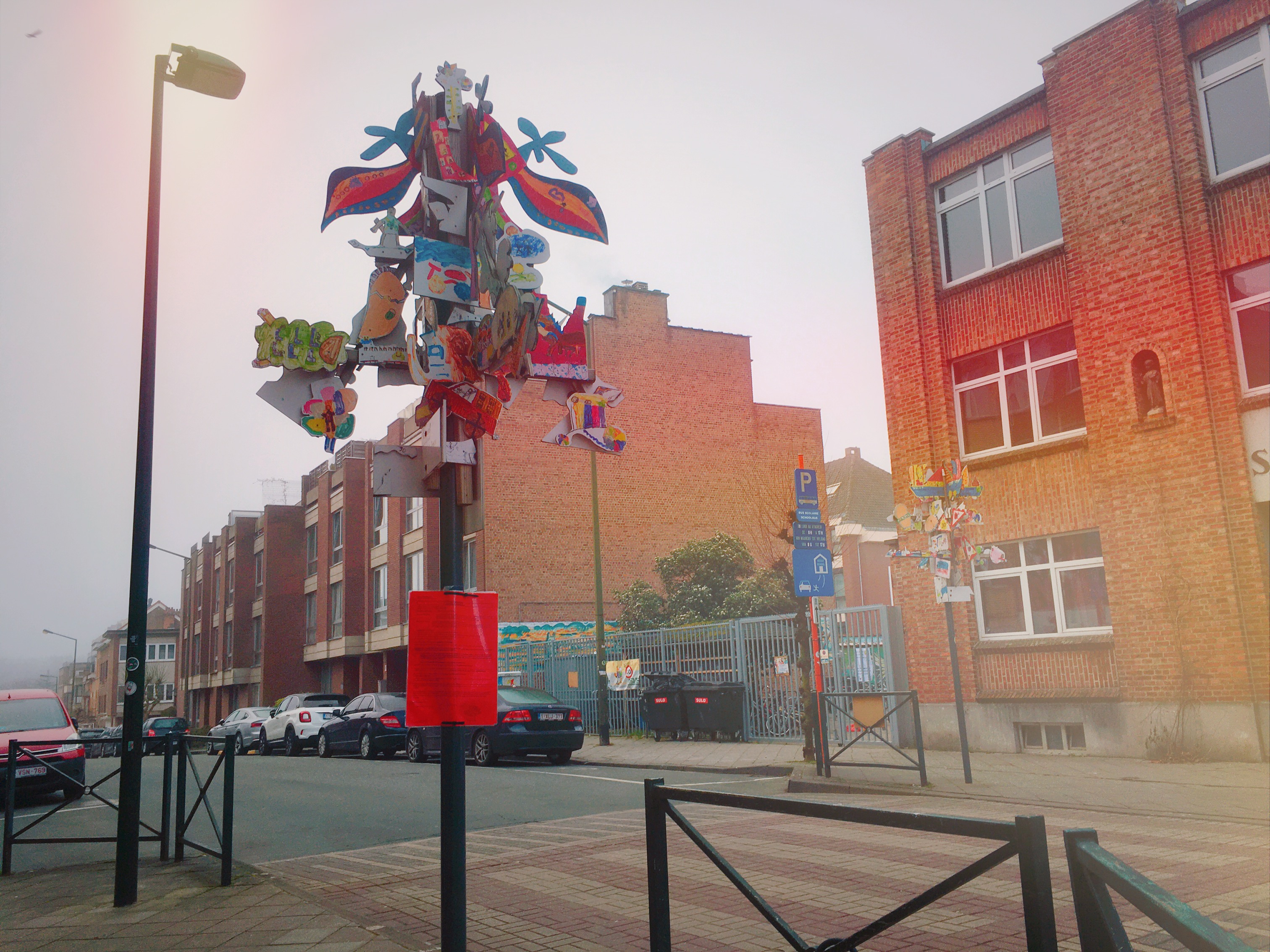
Who says you can’t hold an art exhibit on a lamppost?
2. Keep an eye out for lampposts
In Belgium, lampposts and basically any kind of street pole can perform a number of roles.
You would be wrong to think the only purpose of their existence is to shine a light on the street.
Nope. They can also masquerade as sign hangers, bulletin boards, bike stands, and venues for art exhibits.
In a country where surrealism is a way of life, any object can serve more than just a single function. Count on the Belgians to make something interesting out of anything ordinary.

3. Check out the windows
Windows are another ripe stage for Belgian surrealism. What kind of trinkets are people placing on their window sill for the world to see?
Take a peek at the glass screens you pass by along the street and see what peeks right back at you.
Plants and flower pots are the most common choices. But every once in a while, something unexpected just might peep out from behind those panes.
French photographer Jean-Luc Feixa made it a personal mission to capture queer and quirky window displays in Belgium.
After hunting for months, Feixa came up with a collection of 160 wonder-inducing photographs now featured in his book, Strange Things Behind Belgian Windows.
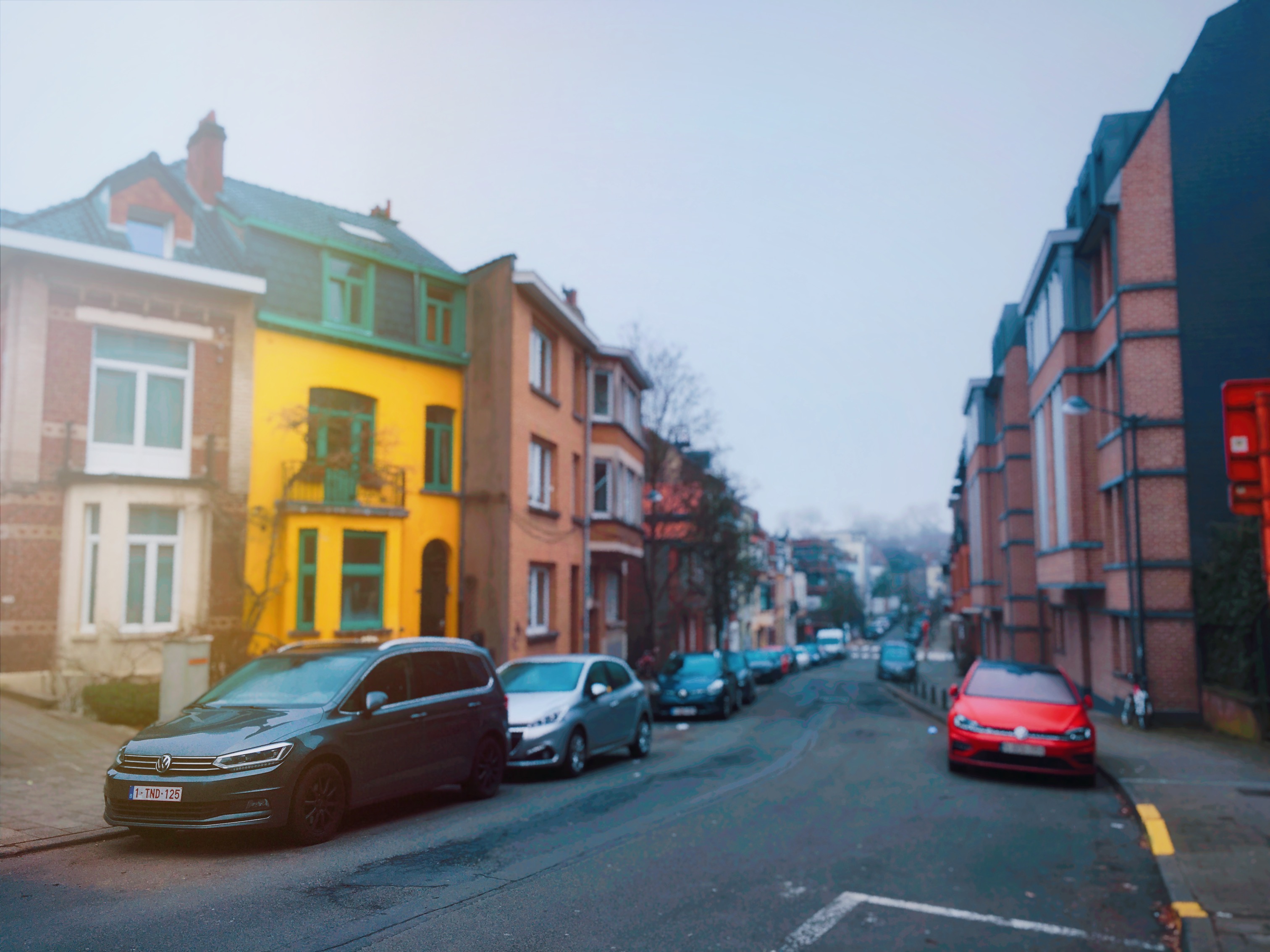
4. Pay attention to the architectural mishmash
Various styles of architecture from different time periods have no problem existing side by side in many parts of Belgium.
Classical, Gothic, Baroque, Art Deco, Art Nouveau can all live harmoniously in one place. Sometimes, two divergent styles can even exist in one building.
Take the Grand Place, for example. How we gush over and gawk at this magnificent structure, which actually combines two disparate architectural styles.
In Brussels, there are several spots in the city center that will expose you to buildings both old and new, ancient and modern all in one sitting. It’s like traveling through time without actually traveling through time.
On one of your strolls, take notice of architectural styles that don’t seem to belong or as if they just popped out of nowhere.
Such sightings are so common in Belgium that if you stay in the country long enough, you may eventually cease to notice them.
But take another look around you. Doesn’t the architectural mishmash make you feel like you’re in a weird wonderland or some scene from a Michel Gondry film?

5. Don’t ignore the mailboxes
Now, this is where some real surrealistic action could be taking place, and you don’t want to miss any of them.
Where people are habitually surrealistic, you can expect to see something unfamiliar in anything as familiar as a mailbox.
In his book, You’ve Got Mail, Dutch photographer Peter Schouten compiled more than a hundred snapshots of the zaniest and most bewildering letterboxes ever seen in Belgium.
Just steal a glance at what type of receptacle your neighbors are using for their post. You could be in for a real treat.

So what’s the best way to make sure those Belgian moments of amusing incongruity won’t escape you?
Let’s hear it straight from Maestro Magritte: Be on the “lookout for what has never been.”

